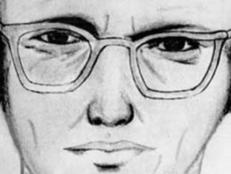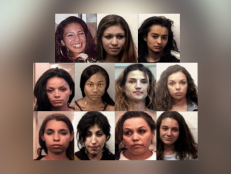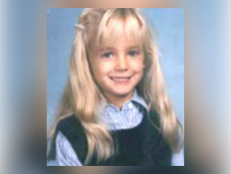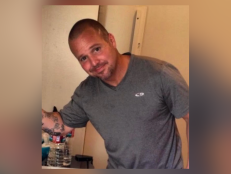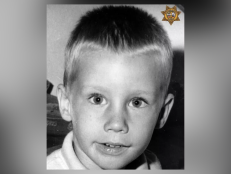Chicago Strangler: Could A Serial Killer Be Responsible For The Unsolved Murders Of Dozens Of Women?
“They were human beings and they have a story to tell,” says a professor whose students looked into the lives of the victims.
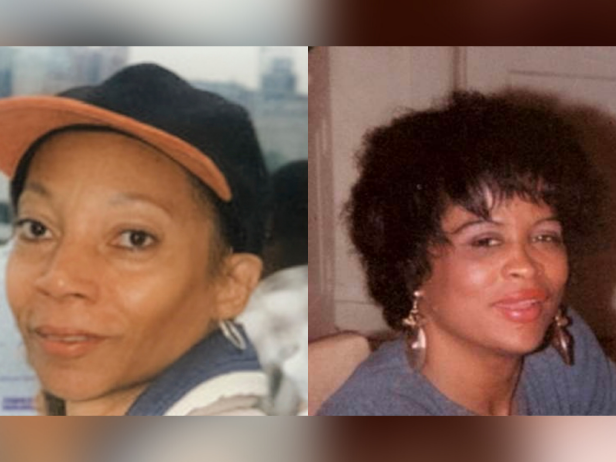
Discovery, Inc.
(L-R) 55-year-old Nancie Walker and 44-year-old Gwendolyn Williams
For more on the 51 victims of the Chicago Strangler, stream The Hunt for the Chicago Strangler now on discovery+.
Scores of unsolved slayings in Chicago of women ranging in age from 18 to 59 since at least 2001 have raised concerns there may be a serial killer prowling the city.
The Murder Accountability Project was the first to question whether there may be a link between the cases of over 50 murders involving strangulation and asphyxiation in the metropolitan area.
“It's highly unlikely these 50 women were murdered by 50 separate men,” the organization’s Chairman Thomas Hargrove pointed out to WGN-TV.
The murders of the victims, many of whom were Black, went underreported and allegedly largely uninvestigated until MAP connected them because of the crimes’ similarities.
As a result, in 2019, CPD’s then-Chief of Detectives Melissa Staples said a team of homicide detectives who were on an FBI Violent Crimes task Force were assigned to look into each case. “They are reviewing every piece of evidence in every one of these cases,” Staples said at the time, according to The Murder Accountability Project. “This is going to take some time.”
“There’s always hope,” Chief Brendan Deenihan of the Chicago Police told WGN-TV in a recent interview with WGN-TV. “They are murder investigations — they are never closed.”
According to the station, four of the cases were solved after the list’s publication but because of what the state’s attorney believed was a lack of evidence charges were only brought against one suspect in only the case involving victim Diamond Turner.
In March 2017, a garbage collector discovered Turner’s body but the suspect wasn’t taken into custody and charged with first-degree murder until January 2020, WMAQ-TV reported.
"You know, we don’t have full ability, as with some police departments, to analyze our own DNA,” claimed then-interim Chicago police Superintendent Charlie Beck. “So we have to rely on the state. And as soon as the DNA came back, the warrant was served.”
The man accused of her murder was also suspected in at least two other slayings, according to reports.
Last winter, Roosevelt University Journalism professor John Fountain tasked his students with sharing the stories of the victims MAP connected, many of whom were at first believed to be sex workers or drug addicts.
“Even if they were, number one, that’s not true, but even if they were, they were human beings and they have a story to tell,” Fountain said.
Nancie Walker, the sister of one murder victim, agreed, noting, “It gives me hope that something will come out of the articles.”
According to WGN-TV, on Jan, 18, 2003, Walker’s younger sibling, Myrna Walker, missed a lunch appointment and was never seen alive again. Her dismembered body was found almost two months later stuffed in garbage bags and dumped on the side of a road.
